Industry information
Company News
- Aluminum veneer: the new darling of modern architecture, revealing its charm!
- Aluminum veneer customization, create your personalized space
- Aluminum veneer: not just a building material, but also a fusion of art and technology
- Punched aluminum veneer: the finishing touch of architectural aesthetics
- Exquisite punched aluminum veneer: the new favorite of architectural art
Industry dynamics
- Fluorocarbon aluminum veneer: the secret weapon of architectural aesthetics!
- Aluminum veneer customization, creating a unique spatial aesthetic
- Carved aluminum veneer: the delicate beauty of modern architecture
- The wide application of curtain wall roller coated aluminum veneer in building decoration
- How to customize aluminum veneer? Professional guidance for easy mastery
Frequently asked questions
- How to determine the quantity and size of customized aluminum veneer?
- How to solve the environmental problems in the production process of aluminum veneer?
- How to design customized aluminum veneer?
- How to identify the quality of aluminum veneer?
- How to use and maintain aluminum veneer reasonably?
contact us
Mobile:+86 15627778610
Email: 2201229786
Address: No. 5 Binjiang Road, High tech Zone, Zhaoqing City, Guangdong Province
Is the strength of aluminum veneer sufficient to meet the requirements of architectural design?
- Author: Lesilong Technology (Guangdong) Co., Ltd
- Release time: 2022-03-09 08:16:12
- Click:0

Aluminum veneerThe strength is one of the important factors in its application in architectural design. This article will provide a detailed introduction from multiple aspects to answer this question.
We need to understand the basic characteristics of aluminum veneer. Aluminum veneer is formed by rolling aluminum alloy sheets and then sprayed on the surface. Due to its lightweight, weather resistant, fire-resistant, and corrosion-resistant properties, aluminum veneer has a wide range of applications in building decoration.
Let's take a look at whether the strength of aluminum veneer is sufficient to meet the requirements of architectural design:
1. Wind resistance performance: The wind resistance performance of aluminum veneer is one of the important factors to consider when it is applied in building design. Generally speaking, the wind resistance performance of aluminum veneer is related to its thickness and shape. If aluminum veneer is to be used as exterior wall decoration material in high-rise buildings, it is necessary to choose thicker aluminum veneer and adopt appropriate design methods to improve its wind pressure resistance performance.
2. Seismic performance: The seismic performance of aluminum veneer is also one of the important factors to consider when it is applied in building design. Generally speaking, the seismic performance of aluminum veneer is related to its material quality and structural design. If aluminum veneer is needed as a building material in earthquake prone areas, high-quality aluminum veneer should be selected and appropriate structural design should be adopted to improve its seismic performance.
3. Load bearing capacity: The load-bearing capacity of aluminum veneer is also one of the important factors to consider when it is applied in architectural design. Generally speaking, the load-bearing capacity of aluminum veneer is related to its thickness and shape. If aluminum veneer is needed as the main load-bearing structure on the exterior walls of a building, it is necessary to choose thicker aluminum veneer and use appropriate support methods to improve its load-bearing capacity.
The strength of aluminum veneer can meet the requirements of most building designs. However, in specific applications, it is necessary to choose suitable aluminum veneer according to different building types and usage environments, and take corresponding measures to improve its strength and stability. It is also necessary to consider factors such as the color and texture of the aluminum veneer, as well as construction techniques, to ensure the quality and stability of the overall decorative effect.

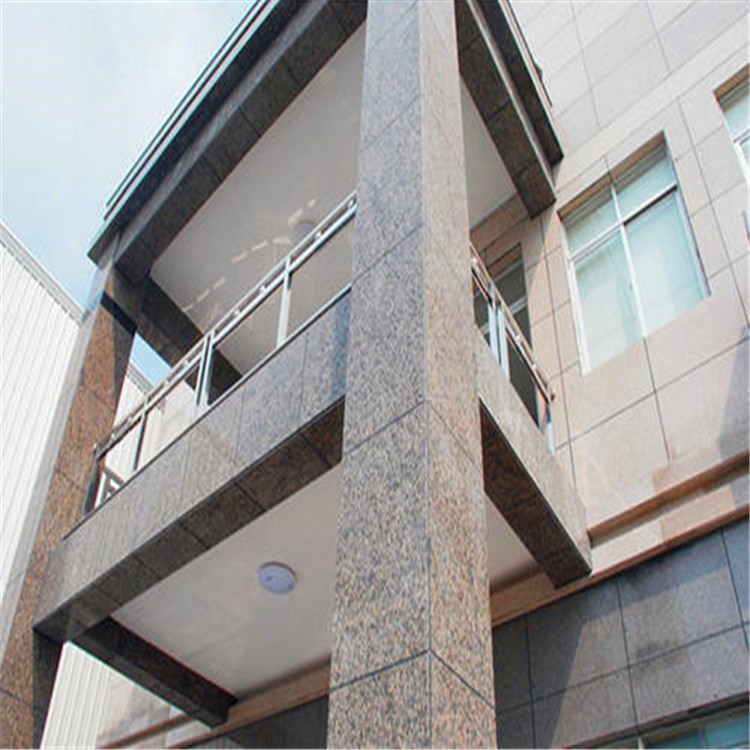
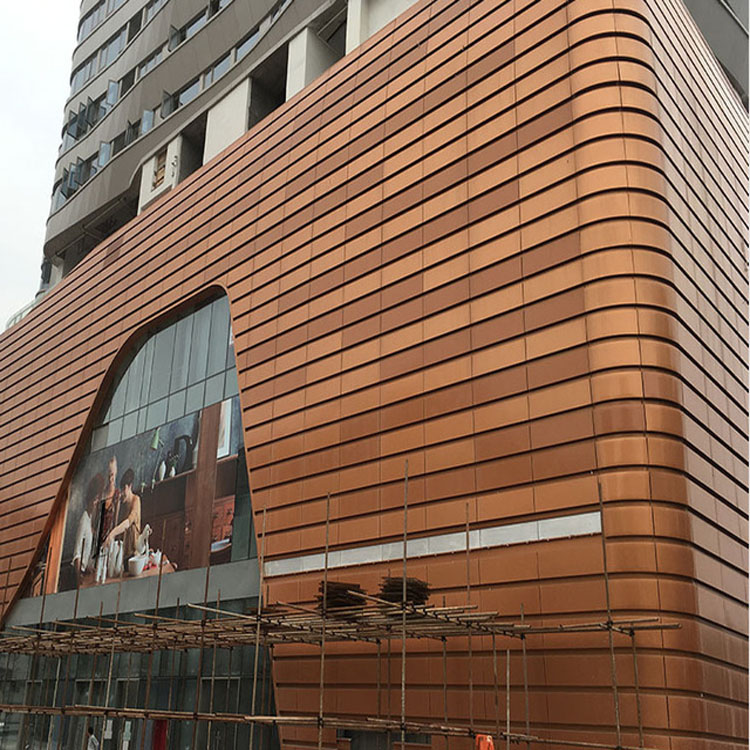
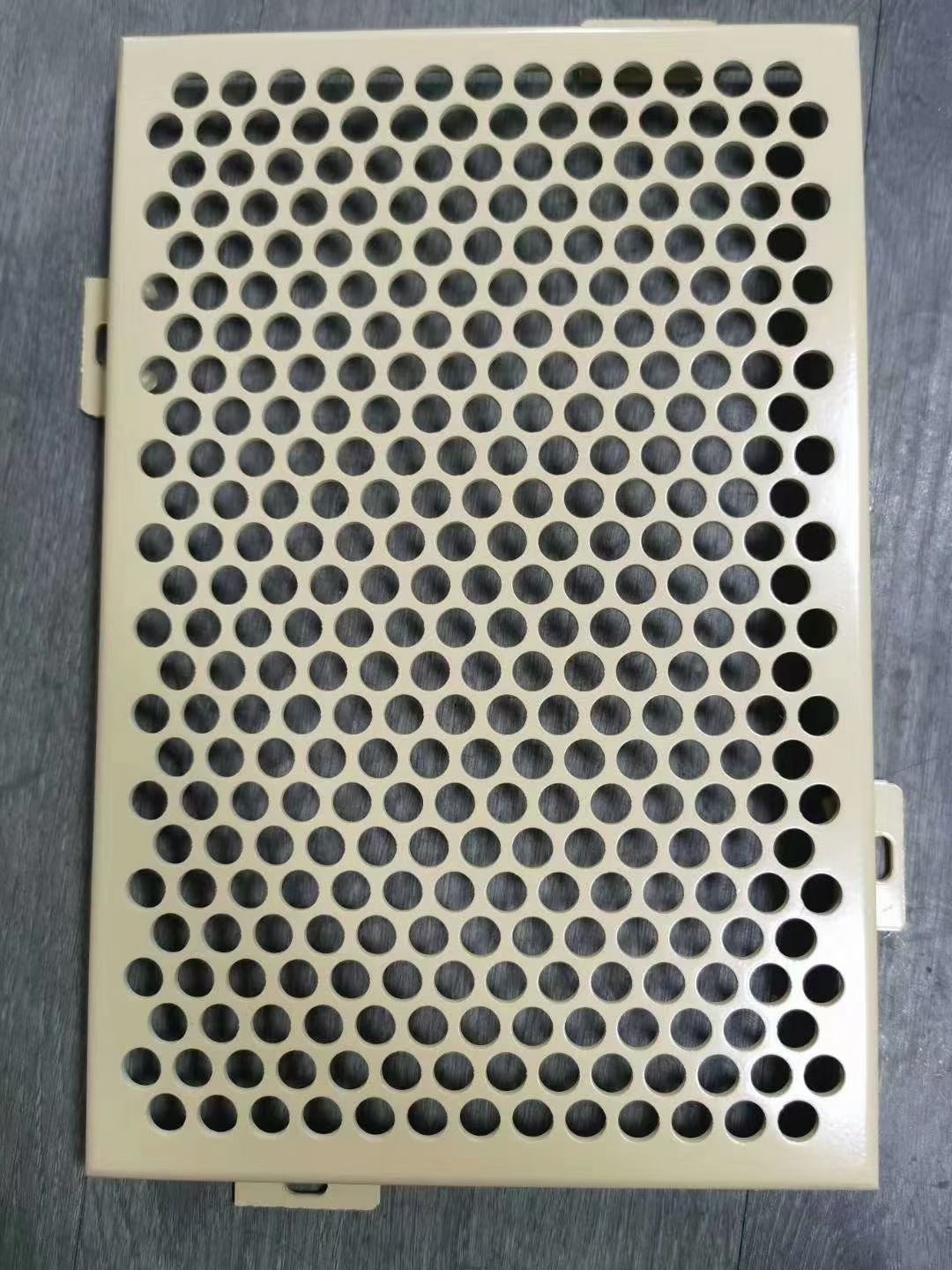
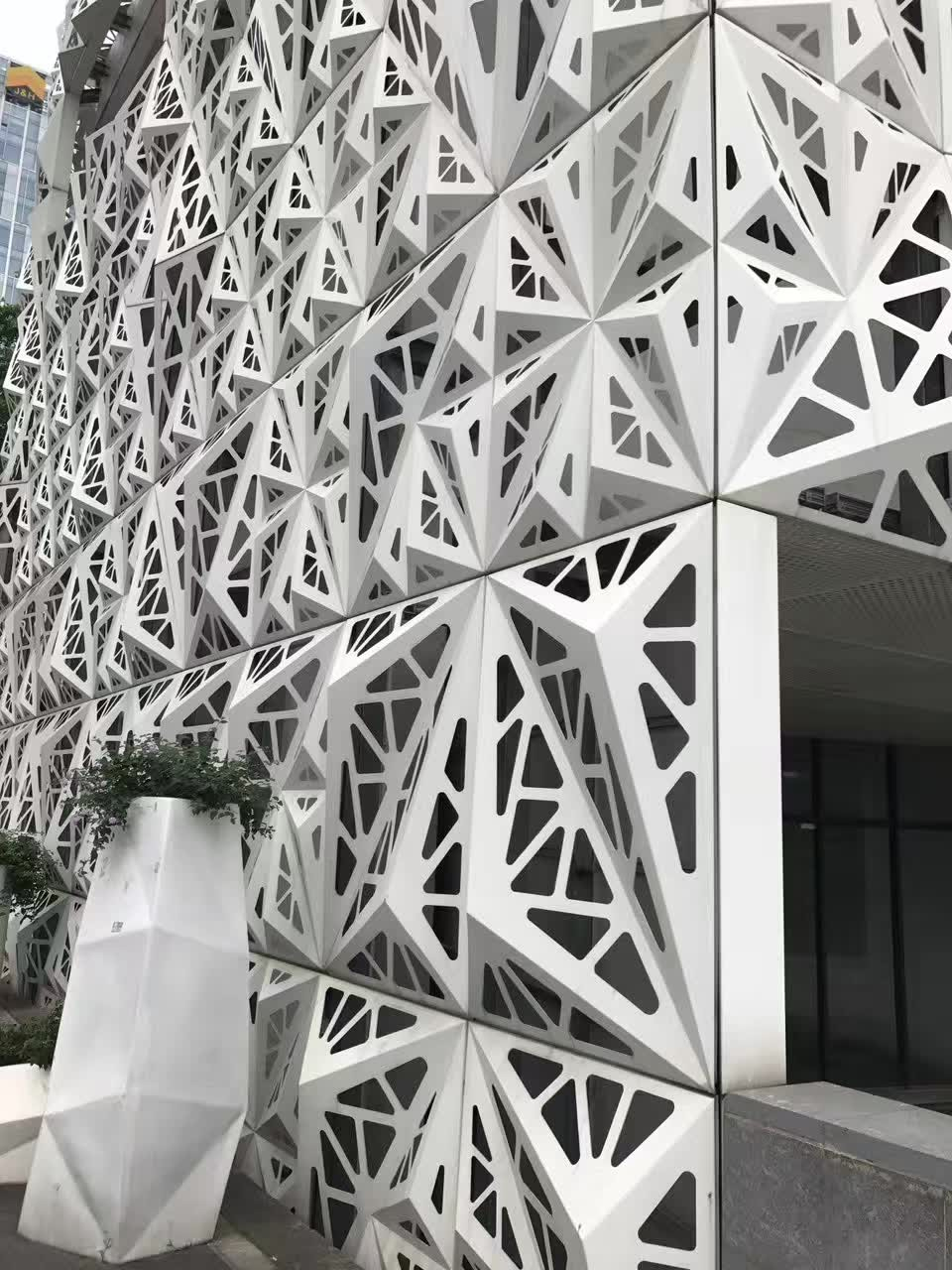
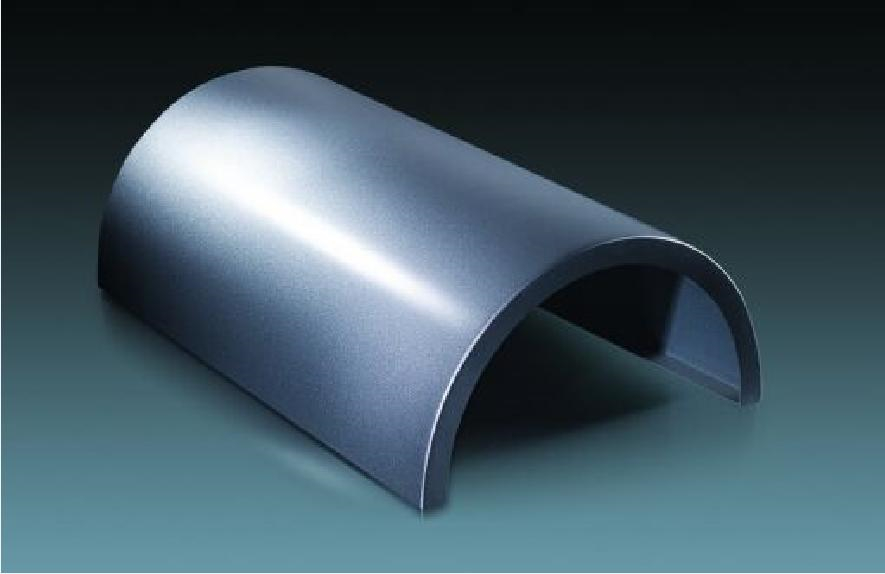
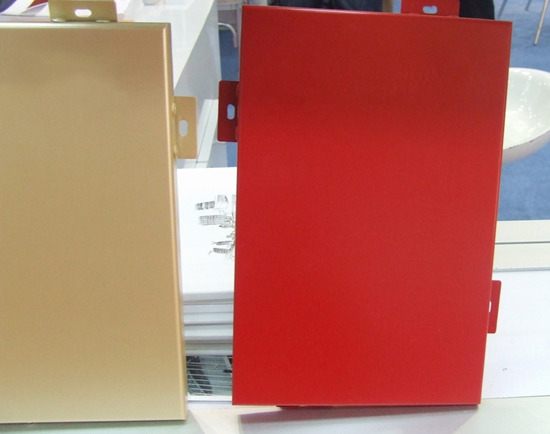
 Customer service QQ
Customer service QQ